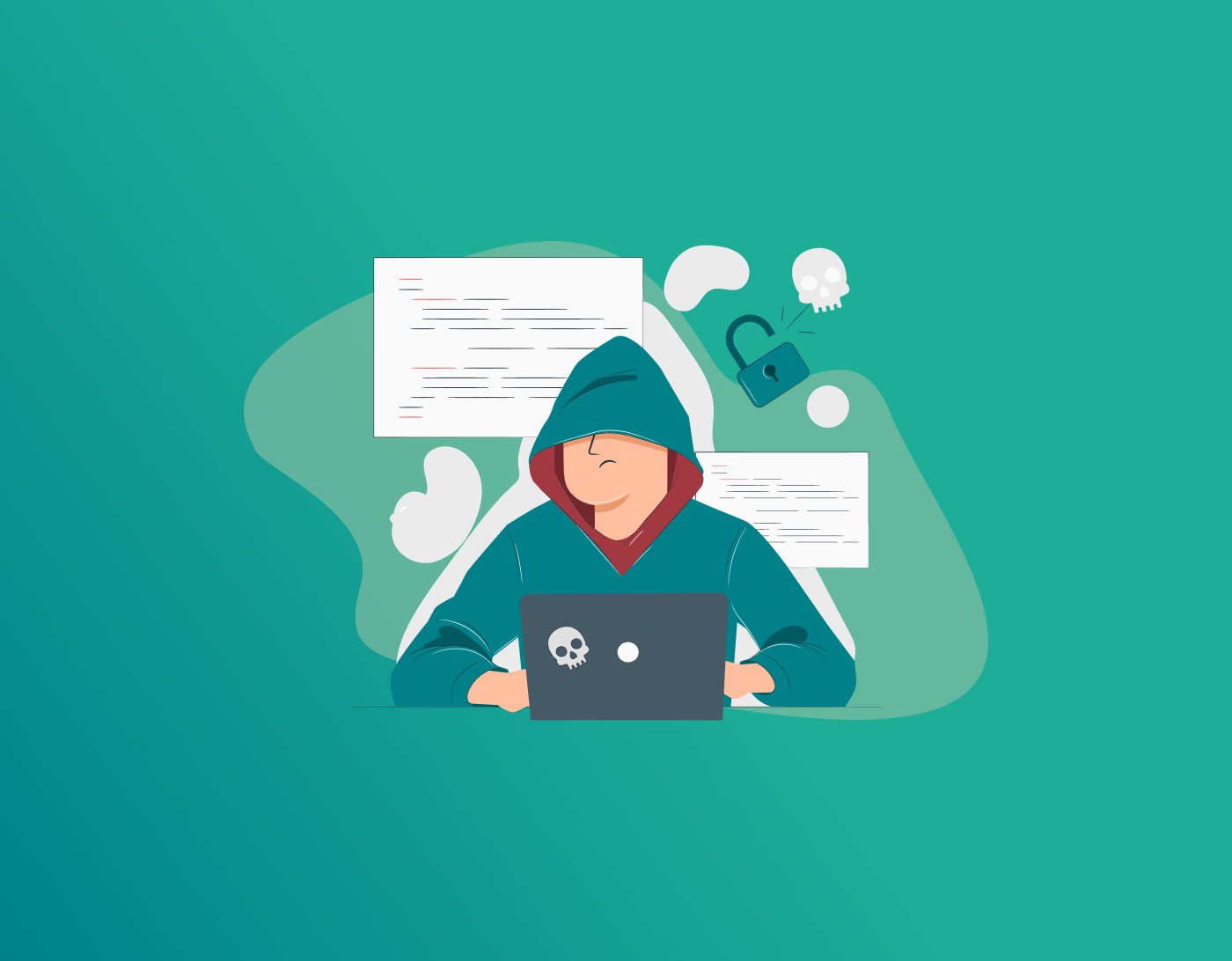
Passwords stand as the very first defense against cyber threats in an age where nearly every aspect of our lives involves banking, social media, shopping, work, and entertainment that is connected to the internet. Many people and organizations embrace the doctrine of weak passwords, which makes them a piece of cake for hackers. Data breaches incur huge financial or even reputation losses for individuals and corporations.
Note: Using FastestPass with strong passwords can enhance security by encrypting your internet activity and preventing any data dumping of your login secrets in the hands of cybercriminals.
Let’s look into how dangerous weak passwords are, how hackers will take advantage of them, and several working ways to improve the security of your passwords.
Weak Passwords Are Dangerous
A weak password is one that can easily be guessed or cracked by brute force due to low complexity or predictability. The consequences associated with these weak passwords are really catastrophic:
- Unauthorized Access
Unprotected passwords will allow cybercriminals unauthorized access to accounts, networks, or sensitive data. Once inside, he can steal sensitive information, change or corrupt data, or lock out legitimate users. Users can hide their IP address using FastestPass for extra security.
- Financial Loss
Cybercriminals usually make their way into the accounts of the person whose password has been compromised, thereby gaining direct access and making transactions without the consent of the holder.
- Identity Theft
Having your credentials stolen gives room for the attacker to impersonate you, open up fraudulent accounts in your name, or even use your identity to commit crimes. Using FastestPass will make it hard for cybercriminals to intercept your login details while you are browsing online.
- Data Breaches
The most common reason for data breaches is merely the use of weak or reused passwords. A single compromised password holds the potential to leak a substantial amount of personal or corporate information, resulting in heavy penalties and an eventual loss of customer trust.
- Suffering
For businesses, a security breach due to weak passwords could totally ruin their reputation. Customers lose heart when a firm is unable to protect their personal information. Installing FastestPass in its security protocol only emphasizes the business’s seriousness regarding privacy and protection.
Common Mistakes Made During Password Making
Despite the well-declared dangers, the most common mistakes are still made in password making:
- Using Default or Easily-Guessed Passwords
Devices and accounts sometimes come with a pre-defined password. Think “admin,” “password123,” and such things. Those accounts that have this mad one-phase user behavior are now just food for hackers.
- Choosing Short and Common Passwords
Users who create passwords using small permutations of alphabets and numbers do so at their own peril, for hackers could crack it with brute force. If your password is “123456,” “password,d,” or “qwerty,” it is most commonly one of a kind someone is bound to see on a hacking database.
- Use of Personal Information
Such attackers may build social engineering attacks when information that includes birth dates, pet names, or other highly publicly available personal information is divulged.
- Reuse of Passwords Across Multiple Sites
If hackers are able to infiltrate one account, they often try those same credentials on other sites and services to break into multiple accounts.
- Spoiling Multi-Factor Authentication (MFA)
Strong passwords are useless because, without MFA, when a hacker acquires the password, they can use it easily to access your account without a second thought.
How Hackers Exploit Weak Passwords
Different techniques are involved in the exploitation of weak passwords by hackers. Consequently, such an intrusion can permit access to personal, financial, and corporate information. The most usual kinds of this exploit include:
- Brute Force Attacks
Hackers utilize automated tools, employing force-and-trial methods to sequentially try every possible password combination until they arrive at the correct one. Weak passwords, especially shorter ones, take no time to be cracked.
- Dictionary Attacks
In this approach, hackers use common databases filled with common passwords and word combinations to guess credentials. Users that take predictable passwords, like, for example, “sunshine” or “let me in,” are much more vulnerable.
- Credential Stuffing
When attackers have access to stolen login credentials from a data breach, they use those same credentials to gain access to multiple websites. Reuse of passwords means that attackers can gain access to many useful accounts.
- Phishing Attacks
To deceive and obtain user passwords, hackers send emails, messages, or sites they have created to look very legitimate. The sites that look suspicious are more likely to have phishing attacks and compromise your security.
- Social Engineering
This method allows hackers to find passwords by piecing together personal information that can typically be found on social media. Favorite pet, birth year’s name, or names of relatives- all can be helpful for guessing.
- Man-in-the-Middle (MITM) Attacks
In this method, hackers intercept between a user and a website, capturing login credentials if they are not using a secure connection. Through the use of FastestPass, you can encrypt your data and prevent the attack from being effective.
How to Increase Password Security
To eliminate the risk of online attacks and threats, several strong password approaches are recommended:
Strong and Unique Passwords
A good password should:
- Be at least 12-16 characters in length.
- Steer clear of common words, names, or patterns.
If you make your password strong by using a mixture of numbers, both capital and small alphabets, and some unique characters, you can easily make your password really secure from attacks.
Passphrases: They are strong and easy to remember, consisting of multiple random words strung together.
Multi-Factor Authentication: Multi-factor authentication demands the second form of verification, fingerprint scans, or one-time codes sent to your phone as an additional layer of protection against unauthorized access.
Use a Password Manager: Password managers will generate and store complex passwords securely without having to remember them all. There are several password managers available on the Internet; however, make sure to research each of their features before selecting anyone.
Reassess Your Passwords Regularly: Frequent password modifications can result in weak passwords. On the other hand, it is a good choice to update passwords if there’s a data breach.
Data Breach Monitoring: Services like ‘Have I Been Pwned’ help users verify whether their credentials were exploited in data breaches.
Use FastestPass for Enhanced Security: FastestPass can encrypt one’s online activity and also prevent a bunch of hackers from being afforded the chance to get a hold of one’s credentials. It also conceals one’s IP address, making it worse for the targeted attacks.
Conclusion
One of the greatest security risks, weak passwords, still exists in the digital world today. Cybercriminals take advantage of them through a myriad of hacking techniques, which allows them to gain unauthorized access, identity theft, financial losses, and data breaches.
With a well-established understanding of the dangers posed by weak passwords and the implementation of better practices in online security, creating passwords that are unique and complex, adopting multi-factor authentication, and employing password managers individually or in an organization can diminish the effects of these problems and hence lessen the risk of a cyber attack greatly.
FastestPass offers extra added security by encrypting and protecting online activity from hackers in the process to make it that much harder to intercept data. A password is the first step in safeguarding your account, so make sure your digital identity is protected.
Secure and Create Stronger Passwords Now!
Generate passkeys, store them in vaults, and safeguard sensitive data!
Subscribe to Our Newsletter
Receive the latest updates, trending posts, new package deals,and more from FastestPass via our email newsletter.
By subscribing to FastestPass, you agree to receive the latest cybersecurity news, tips, product updates, and admin resources. You also agree to FastestPass' Privacy Policy.








